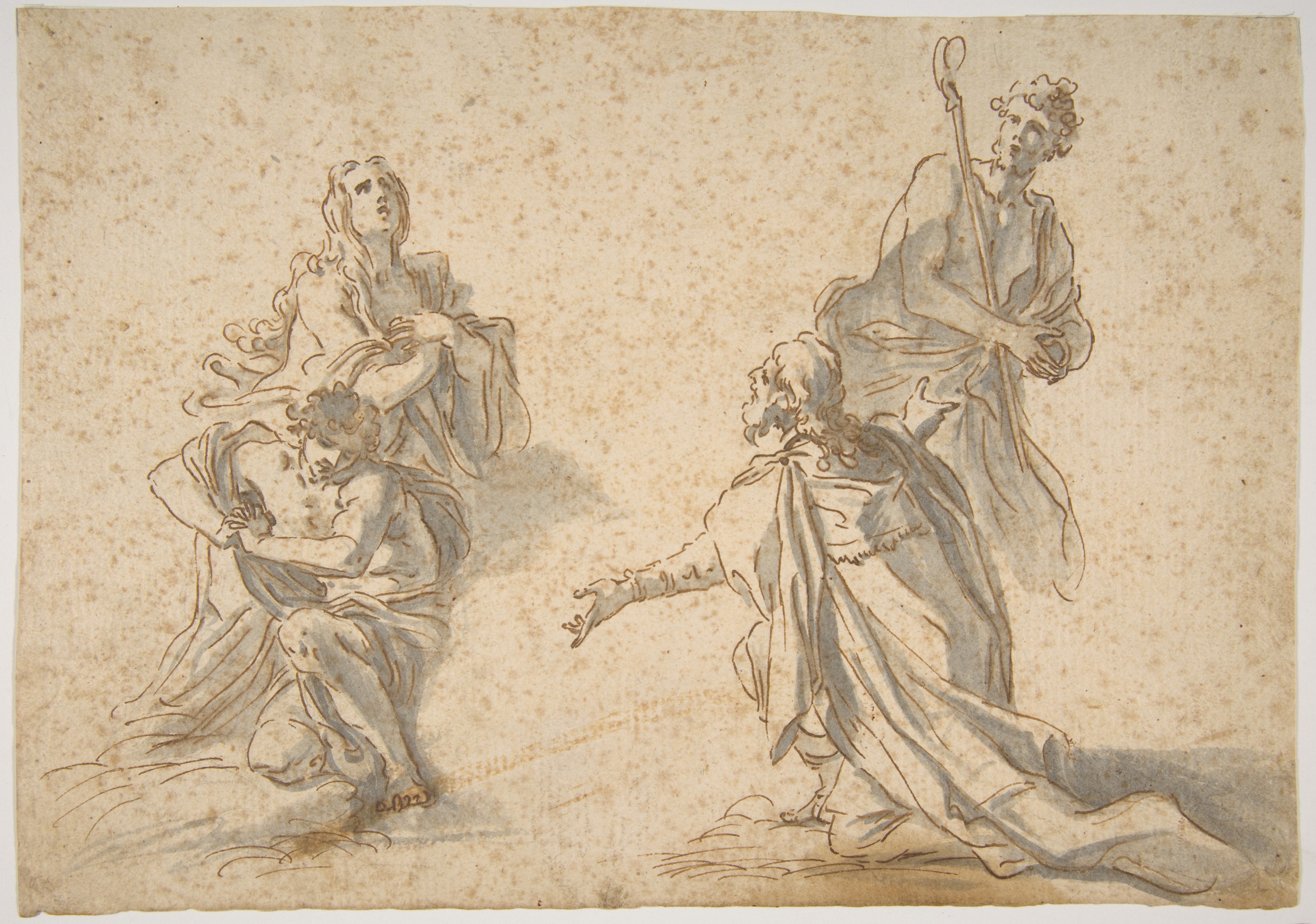In the first half of the 18th century, Francesco Solimena was one of the most sought-after painters in Europe; this is why some of his commissions were taken over by his workshop. Nicola Maria Rossi was considered Solimena's most important student together with Francesco De Mura. Rossi managed to adopt his teacher's style so well that his paintings were often mistaken for Solimena originals. However, in addition to his role as a pupil and copyist, Nicola Maria Rossi should also be understood as an independent artist, who developed his own style during his career. Rossi's painterly and creative talent can be seen above all in his allegorical and mythological ceiling and fresco paintings, which the artist executed for important noblemen. While other artists limited themselves to sending some of their most beautiful canvases to Vienna, Nicola Maria Rossi is considered the only Neapolitan of his time to have travelled to Vienna. In addition to creating the frescoes for the palace of the Marquis Girolamo Capece of Rofrano (today Auersperg ), Rossi was famous for having painted a few portraits of Viennese aristocratic society, including the portrait of Count Sinzendorf. Viceroy Alois Thomas Harrach is considered Rossi's most important Austrian patron. He commissioned two allegorical ceiling paintings for his garden palace in Vienna as well as three monumental ceremonial paintings. Many of Rossi's commissions remain unexplored. Several museums and private collections contain valuable bozzetti and preparatory drawings by the painter which are to be related to unidentified commissions. In the course of the dissertation project, a monograph of the artist is to be written based on a catalogue of his works, with a focus on Rossi's Viennese commissions. In the context of art patronage at the time of the Austrian viceroys, the importance of Rossi's works in some of the most important Viennese collections will be examined.
